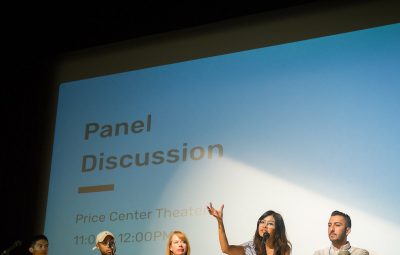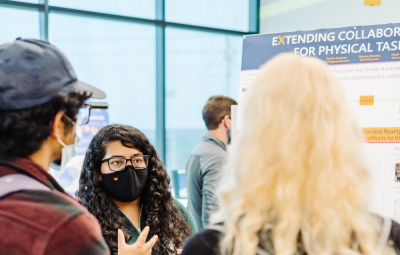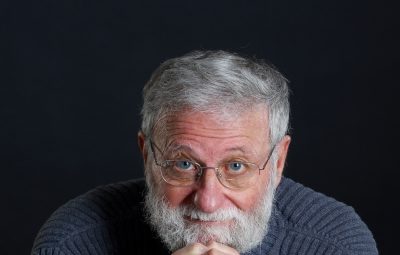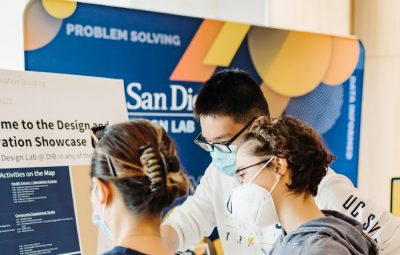One theme of design classes at UCSD is to learn how to interact with the world, get feedback to shape design ideas, and learn what works.
On Friday, June 9th, 2017, approximately 120 students in Steven Dow’s class COGS122 Startup Studio and DSGN 100 Information Design, as well as Scott Klemmer’s COGS160 Advanced Interaction Design presented various ideas such as a company that performs oil changes in your driveway, an emporium where fans can sell and purchase fan-crafted goods, and what happens when we start to communicate with the cars next to us when we’re stuck in traffic.
For their final, students in the Startup Studio class presented Kickstarter campaigns and Design 100 students gave verbal pitches on their ideas to different jurors, such as UCSD Design Lab Director Don Norman; Hilary Nemchik, the Comm Director for Councilmember Barbara Bry, Sam Ladah, VP of Human Resources at IBM, Doug Powell, IBM Distinguished Designer, as well as other researchers, scientists, and professionals in the Design community.
Steven Dow said, “We decided to combine the two classes and invited external people because it makes it fun for the students. It provides an occasion for students to show their work to other people in the university and beyond.”
“For the startup class, we learn data driven design and how to use the Internet and web based advertising to understand if an idea has merit and how to potentially get funding for an idea. The other class is about information design and being able to work visually with text and images in order to communicate effectively. Students followed a human-centered design to explore problems around mobility within San Diego,” said Dow.
Students in all three classes learned how to reach people, how to get over their own shyness, talk to people, and how to get out of the classroom. They figured out what kind of resources they could pull to shape their design.
Dow said, “Each time we move students through these design courses, we’re giving them opportunities to build up their portfolio, showcase what design means in UC San Diego, and hopefully are starting to build bridges between the university and San Diego at large. When we bring a bunch of people and we get to see what they do, in both directions I think it’s positive. It’s building awareness for what we do.”






